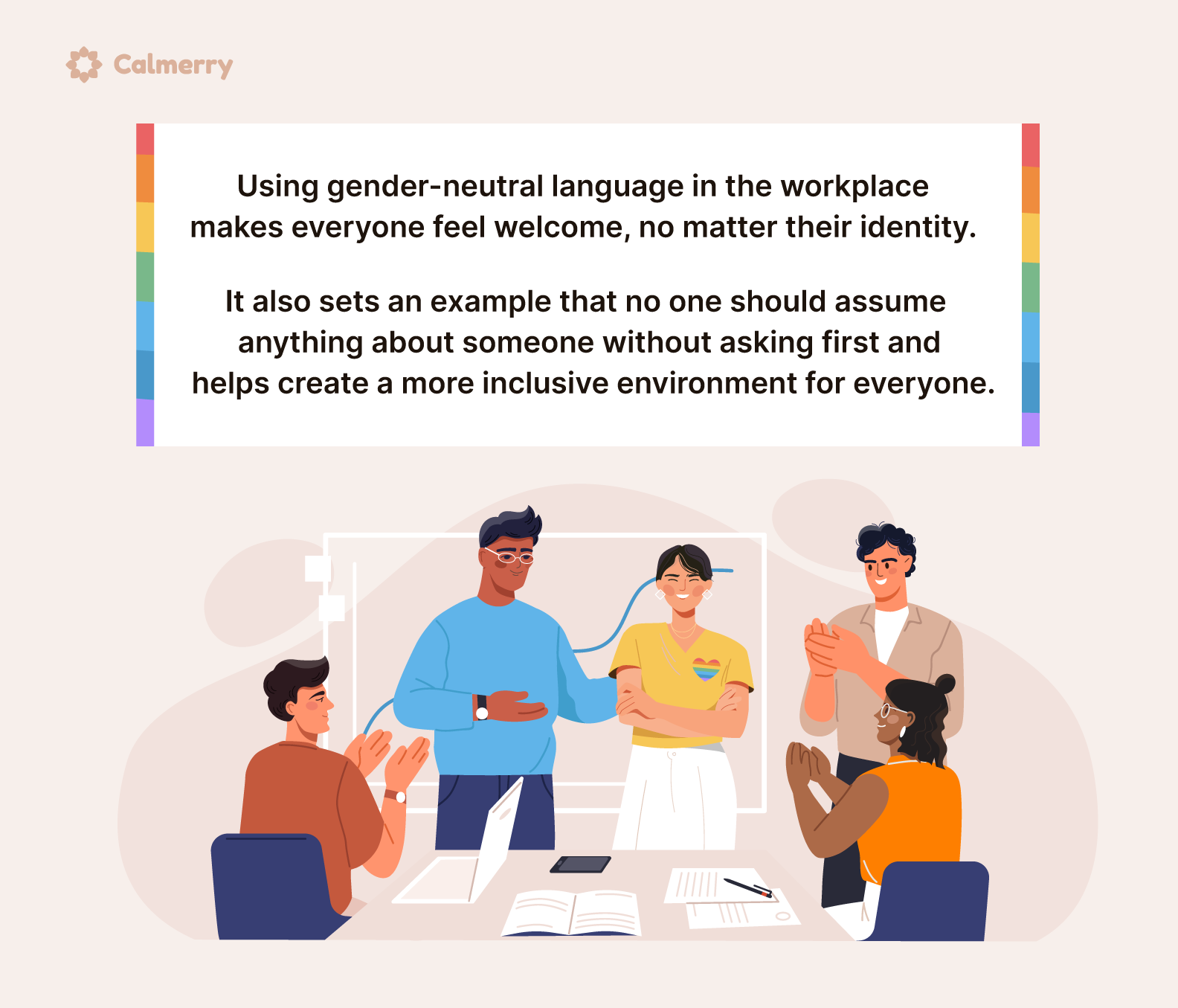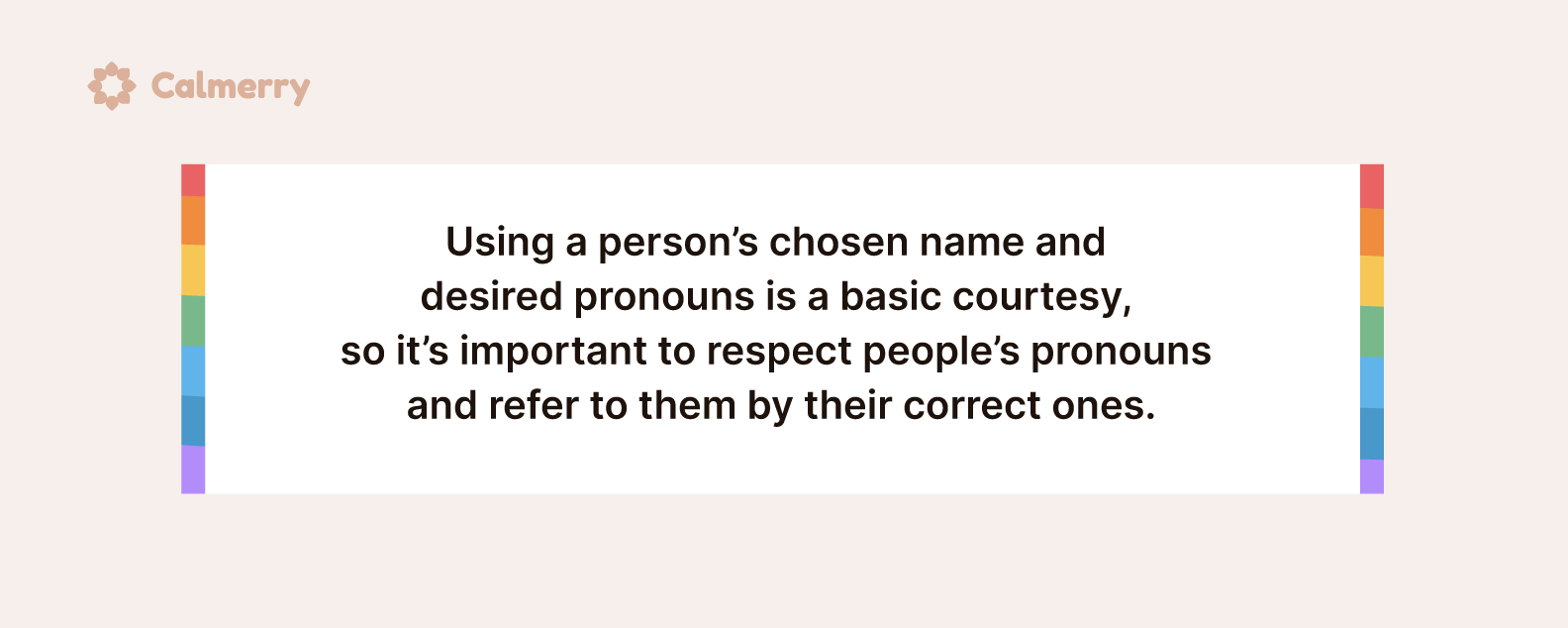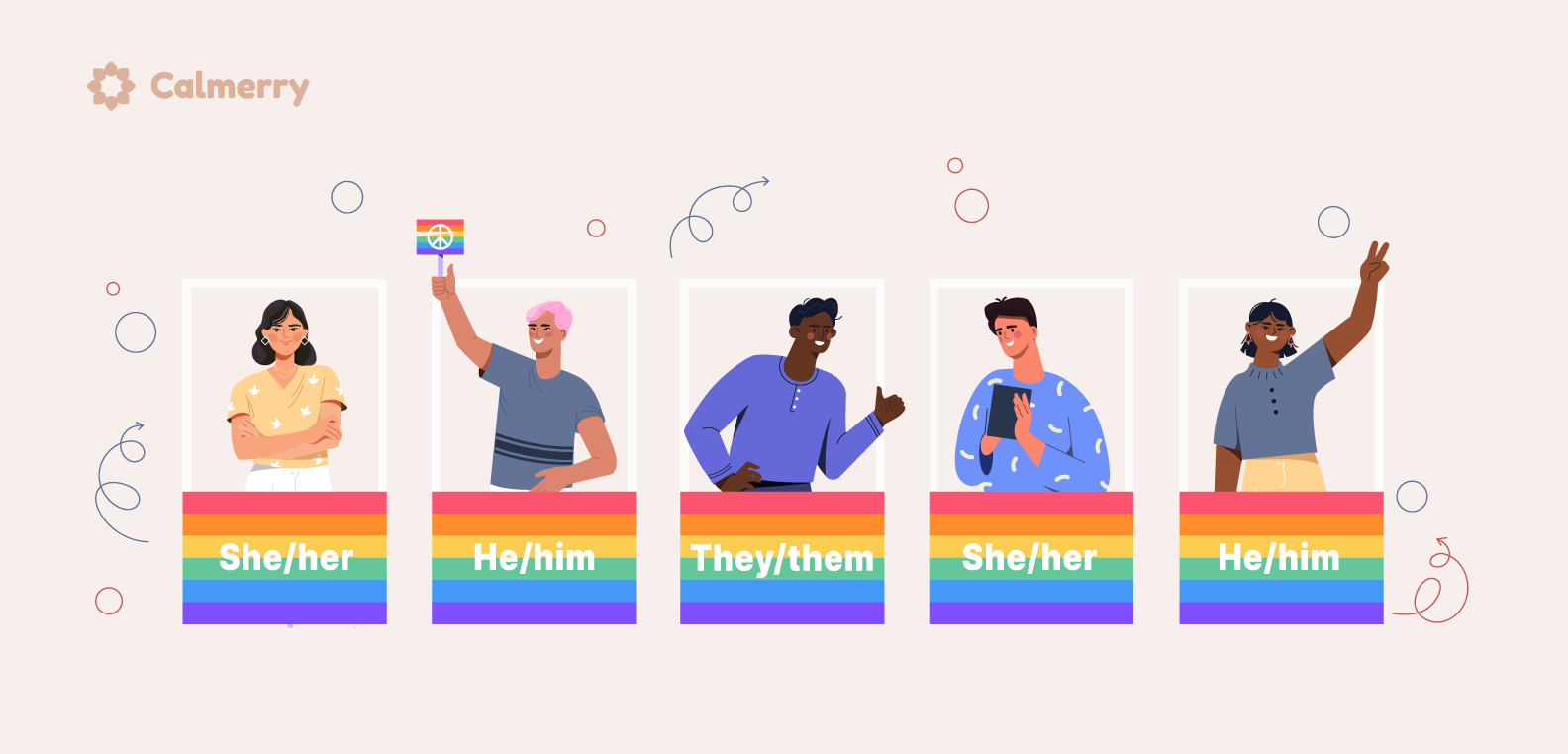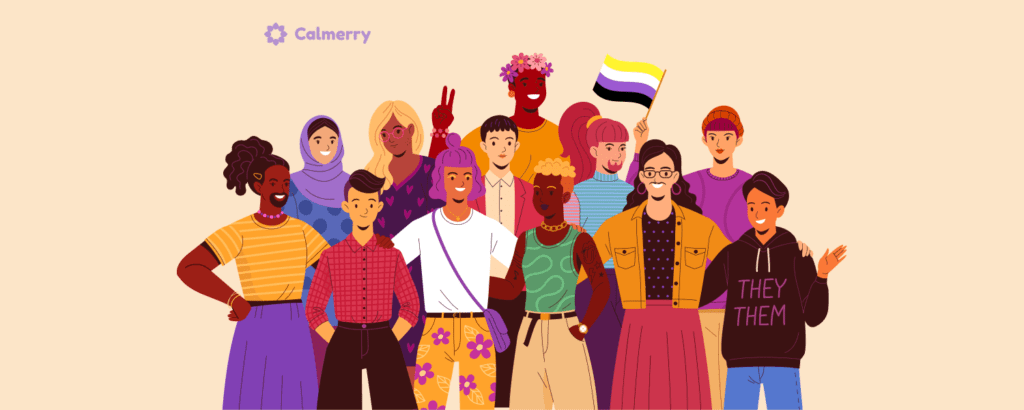How to Support LGBTQ+ Employees in the Workplace

In this article
Over the past decade, many companies have made positive steps in supporting LGBTQ+ employees and creating an inclusive workplace where people of all identities feel safe, respected, and valued. But despite increased public support for LGBTQ+ equality in recent times and significant progress in adopting LGBTQ+ inclusive policies, millions of people continue to face unique challenges based on their sexual orientation or gender identity.
According to a survey, 46% of LGBTQ+ workers remain closeted at jobs because they fear being stereotyped, making other people feel uncomfortable, or losing connections with co-workers. About 18% of LGBTQ workers reported that someone at work had made sexually inappropriate comments to them because their coworker thought their sexual orientation or gender identity made it okay.
As a result, 31% of LGBTQ+ employees felt unhappy or depressed because the workplace wasn’t always accepting of LGBTQ people.
When businesses foster work environments that welcome the LGBTQ+ community, so everyone feels free and encouraged to bring their authentic selves to work, people feel safe, comfortable, and valued. That gives them the drive to contribute to the fullest, and they spend more time and energy doing their jobs and creating healthy relationships with coworkers.
So how can you support LGBTQ+ employees in the workplace? Here are some key strategies that you can consider adopting to cultivate a greater sense of inclusion and acceptance for LGBTQ+ team members in the workplace.
Educate yourself
Research what LGBTQ+ means and encourage others to do the same. Don’t place the burden of educating yourself and your team on your LGBTQ+ employees. The LGBTQ+ community is a huge and diverse group of people, and their experiences are personal.
Everyone has their individual story to tell, but not every member will have an answer to your questions. Besides, many of these people have faced discrimination and trauma, which makes it really exhausting to be tasked with educating other people at work.
Instead, consider reading books about LGBTQ+ history and rights, listen to podcasts discussing different gender identities from the LGBTQ+ perspective, and keep up-to-date with relevant political news and activism. This information will help you develop a better understanding of what it means to be an ally for the LGBTQ+ community and provide valuable awareness training for employees around LGBTQ+ topics.
Use inclusive and respectful language
Mind your language and pay attention to the language that others use. Gender-neutral, inclusive language can help people feel included, empowered, and protected. And when language is misused, it can make people feel alienated, lost, and stigmatized.

Review your job application process and hiring practices and evaluate the current language that is used in job descriptions to ensure that LGBTQ+ applicants aren’t excluded. Create a list of inclusive terms (like this one) to help your team use the right language:
- Hi all, everybody, everyone, folks, team, friends, or specific terms like employees, clients, customers
- The best person for the job
- Partner, significant other, spouse
- Humankind
- Gender identity
- Sexual orientation, sexuality
- Chair, chairperson, door attendant, bartender, server, etc.
- The person in the black shirt
- Trans, trans person, transgender person
- Gay, Lesbian, Bisexual
Using gender-neutral language in the workplace makes everyone feel welcome, no matter their identity. It also sets an example that no one should assume anything about someone without asking first and helps create a more inclusive environment for everyone.
Respect other people’s pronouns
The pronouns that we use are tied intrinsically to our identity. Using a person’s chosen name and desired pronouns is a basic courtesy, so it’s important to respect people’s pronouns and refer to them by their correct ones. It shows them that you respect them and make them feel validated.

People who are transgender, non-binary, or gender nonconforming may choose to use pronouns that don’t conform to binary male/female gender categorizations, such as “they, them, theirs.” When they are misgendered, it can leave them excluded and alienated and have a negative impact on their mental health and workplace engagement.
When it comes to someone’s pronouns, you should never rely on perceptions or assumptions because a person’s pronouns may or may not match their gender expression. So don’t be scared to ask if you’re not sure what pronouns someone uses and remember them. You should also lead by example and introduce yourself with pronouns first.
An easy way to introduce gender pronouns into the conversation is to include them in email signatures and social media profiles. This way, you can make it clear how you would like to be referred to while also signaling to others that you will respect their gender identity and choice of pronouns. It’s an effective way of creating an inclusive work environment for transgender and non-binary people.
You should also remove gender-based pronouns from employee handbooks and other company materials. Replace “he” or “she” with “they” to show support and acceptance of non-binary people who do not identify as male or female.

Don’t expect all employees to “out” themselves
It can take a long time to build up the courage to come out, and being “out” at work is a personal choice. Many people prefer to keep their private life separate and won’t feel safe or comfortable outing themselves at work, so you should design your programs to include people, whether they are “out” or not. Everyone deserves to have their privacy respected.

Unless an employee specifically mentions or references their sexual orientation, it’s inconsiderate to out them. There’s no way to tell who belongs to the LGBTQ+ community without asking them, so you may be wrong. And even if a person is LGTBQ+, it’s important to let them make their own decision if, when, and where they want to make their identity known.
Offer benefits that meet the needs of your LGBTQ+ employees
Offer equal benefits to all employees, no matter what their sexual orientation is, including parental leave, adoption leave, and time off to take care of dependants. Using gendered language can cause parental benefits to unintentionally exclude LGBTQ+ families. So you should be conscious of what words you use in your policies and favor gender-neutral terms to ensure your benefits are inclusive of all employees.
Create networks
Creating an LGBTQ+ network can be a great way to support staff, helping to create an environment where everyone feels confident to be themselves. LGBTQ+ employees can meet in a safe, dedicated space within their place of work to relate to one another and get confidential support for all issues they might not feel comfortable talking about with their manager.
An LGBTQ+ network can also serve as a focus group that helps raise awareness of LGBTQ+ issues, so you can continually improve your approach.
If there are heterosexual and cisgender people in your workplace who are interested in LGBTQ+ rights and support them, you can set up an ally network. They can champion LGBTQ+ inclusion, using their influence to change mindsets and call out negative stereotyping and discrimination.
Support the local LGBTQ+ community
If you want to support the well-being of your LGBTQ+ employees, it’s important to be an active and vocal ally. Support the local LGBTQ+ community center, volunteer at an organization that supports LGBTQ causes, or even participate in local Pride parades, festivals, and other events.
By getting involved in these events, you can demonstrate your commitment to LGBTQ+ rights and show you are willing to turn words into action. This way, you can send a clear message to your team members and to your customers about where you stand. Keep your finger on the pulse of the issues that matter in the LGBTQ+ community, and speak up on those issues.
Final thought
Hopefully, these tips can serve as a starting point to help you create an inclusive workplace culture, giving your LGBTQ+ employees a space where they feel safe to be open about who they are. When employees feel that their work environment is more inclusive, supportive, and fairer, they tend to be happier, healthier, and focus on their work instead of on hiding who they are.
online therapy
live video session



